You may know the game where you provide a selection of objects, and students take turns to pick any two objects and find a connection between them.
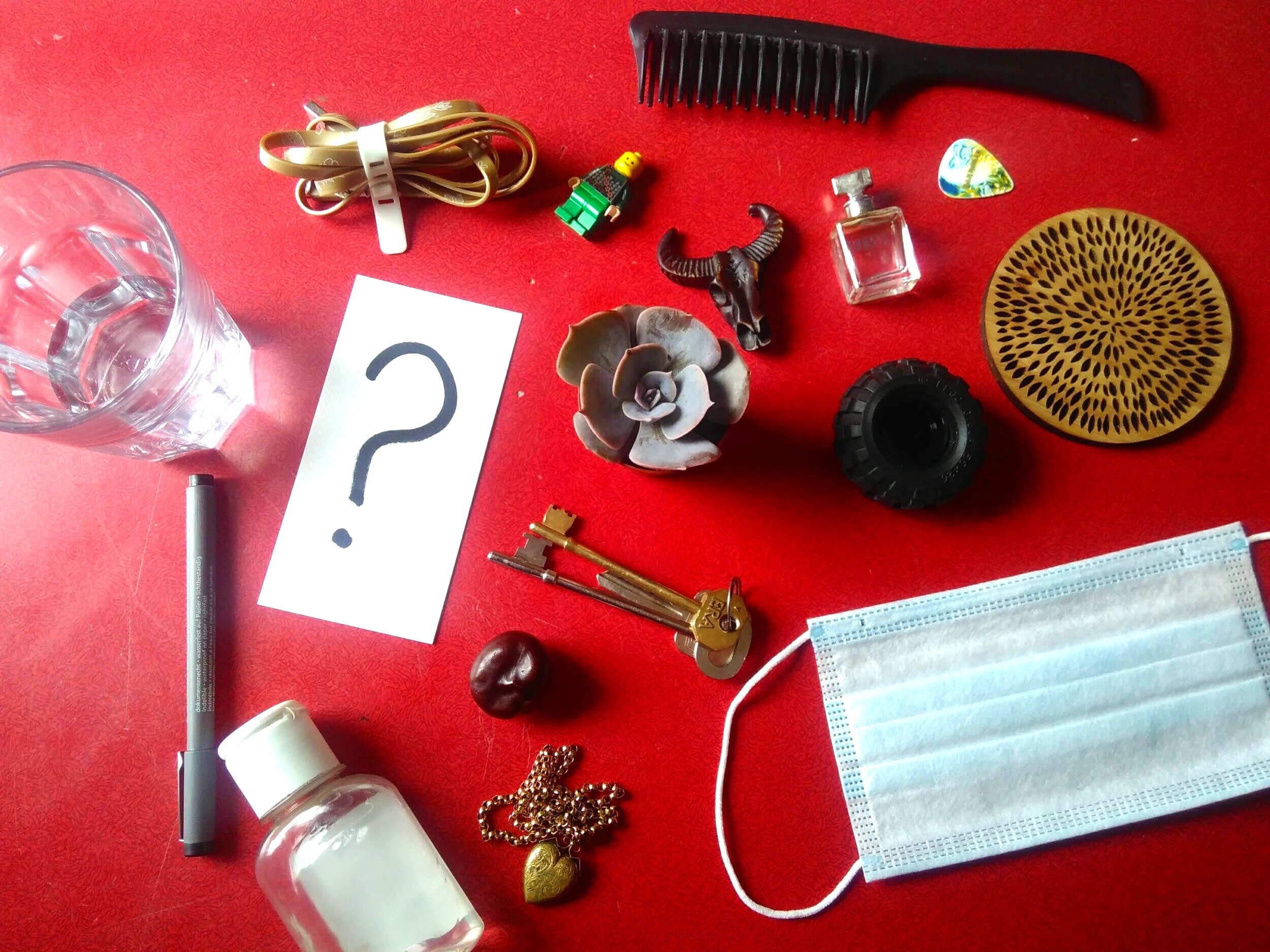
For example: Hmm… I think the Lego person and the cable connect because they both are made of plastic. Or: I think the question mark card and the mask connect because some people are questioning whether masks should be compulsory.
I recently led this game with teachers as part of the SAPERE P4C Level 1 course (now available online) and they demonstrated that it’s a great way to practice both creative and critical thinking.
Here’s a variation which extends the challenge:
Can anyone spot two objects which have have NO connection?
Students take turns to state two objects that they believe have nothing connecting them together.
The other students then try to find a connection, and explain their thinking: Actually, I think there is a connection between the conker and the guitar plectrum because they both can be used to play.
As always, use techniques to manage the talk and make sure everyone gets a chance to join in, including the quiet children.
For a really quick game you could project the image above.
An oracy game, a mental workout, and an opportunity to practise respectful challenge
A quick, active game that helps pupils reflect on their own talk
Get students thinking and talking with a game that only takes moments to set up.
Seven quick activities to develop talk, listening and non-verbal communication
Ways to develop talking at a distance
Generating dialogue, comparing concepts, deepening understanding.
Simple-yet-effective techniques to get three year olds talking and keep them focused.
Tips for playing this popular P4C warm-up game which develops creative thinking plus turn-taking, listening, responding, and recognising shapes.
Celebrating a useful and fun resource.
The game ‘Odd One Out’ is a great way to begin lessons on specific themes or topics - you can quickly create a resource box that will last for the duration of the topic.
An example of raising engagement in learning using the power of open questions.







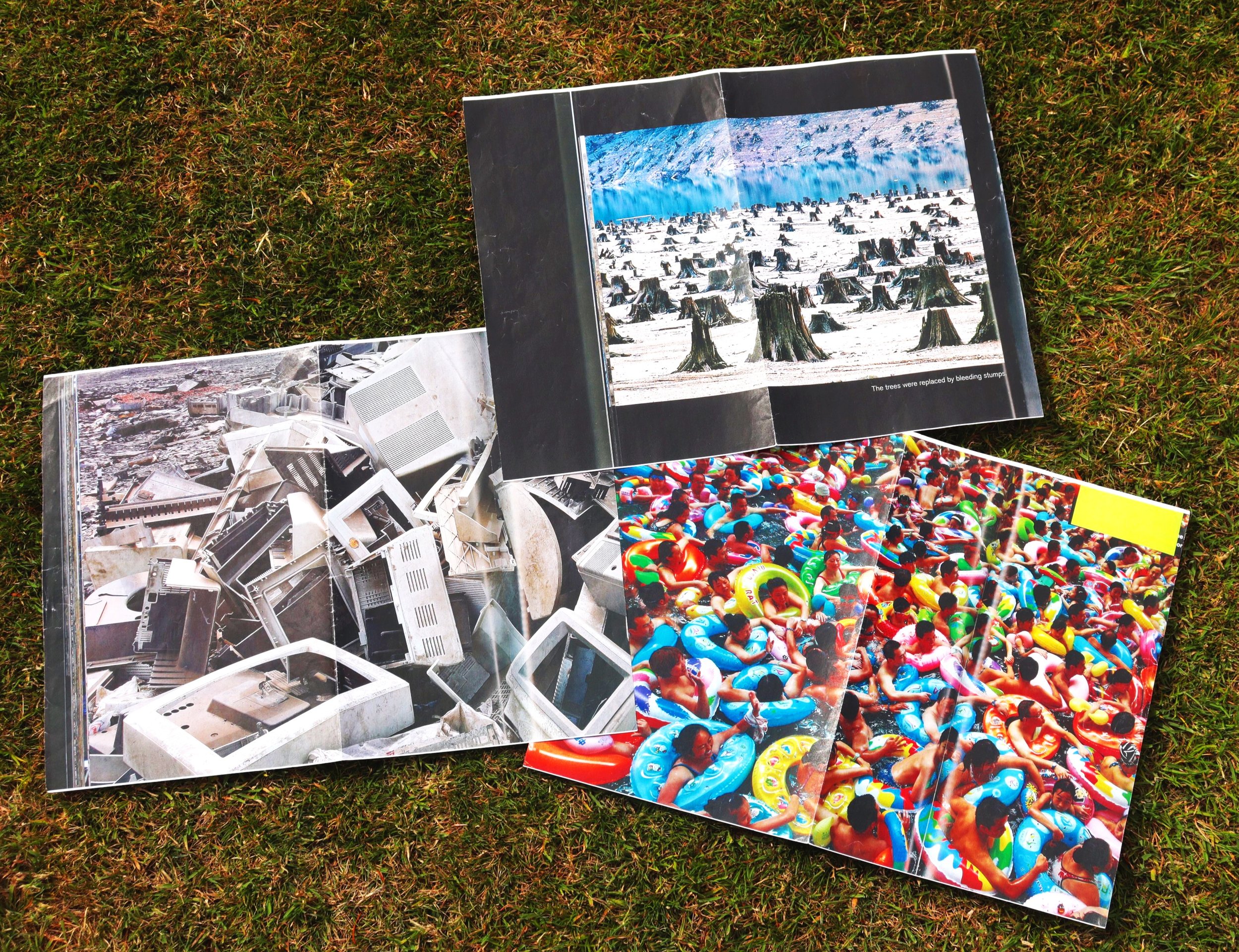

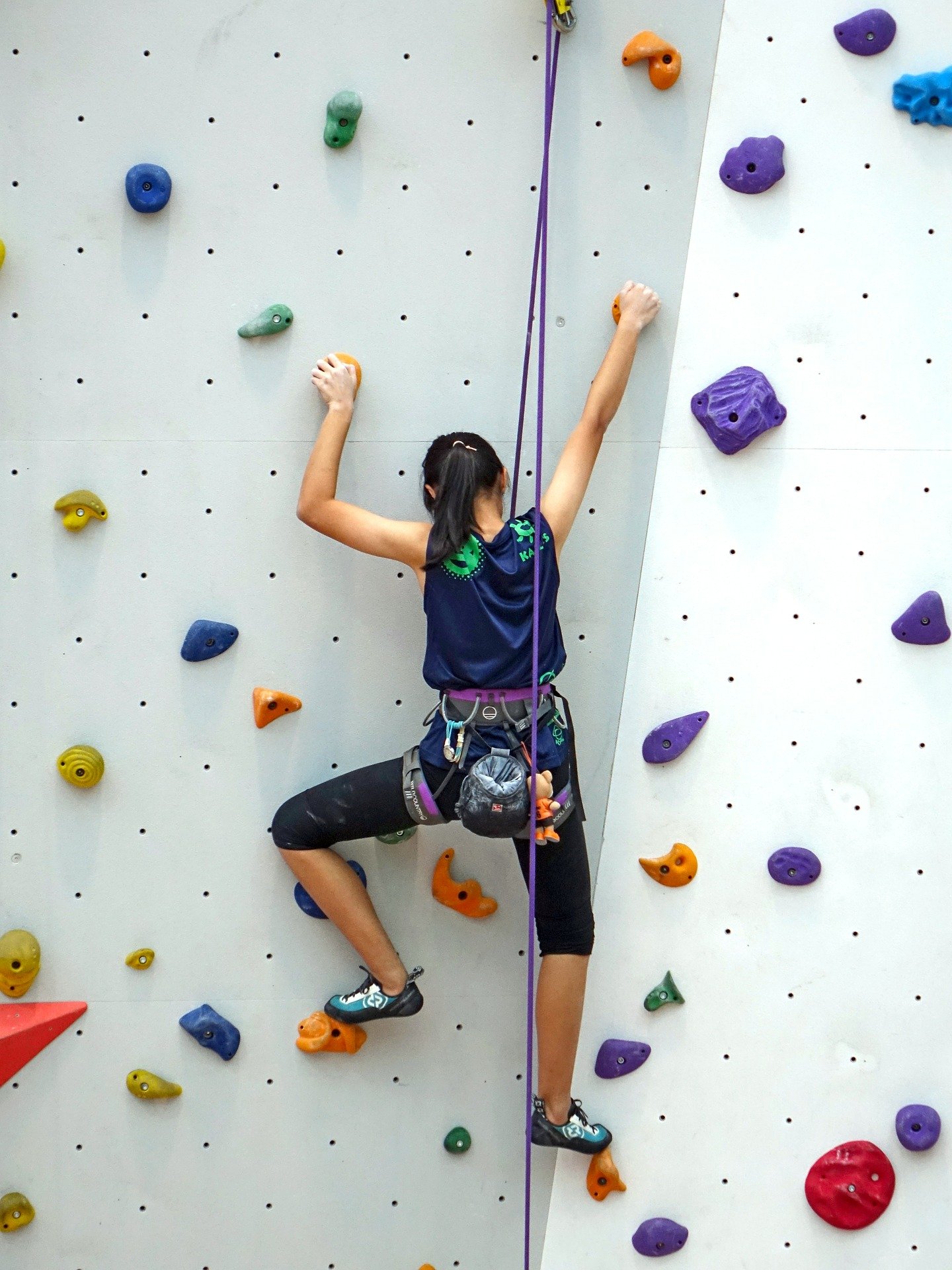
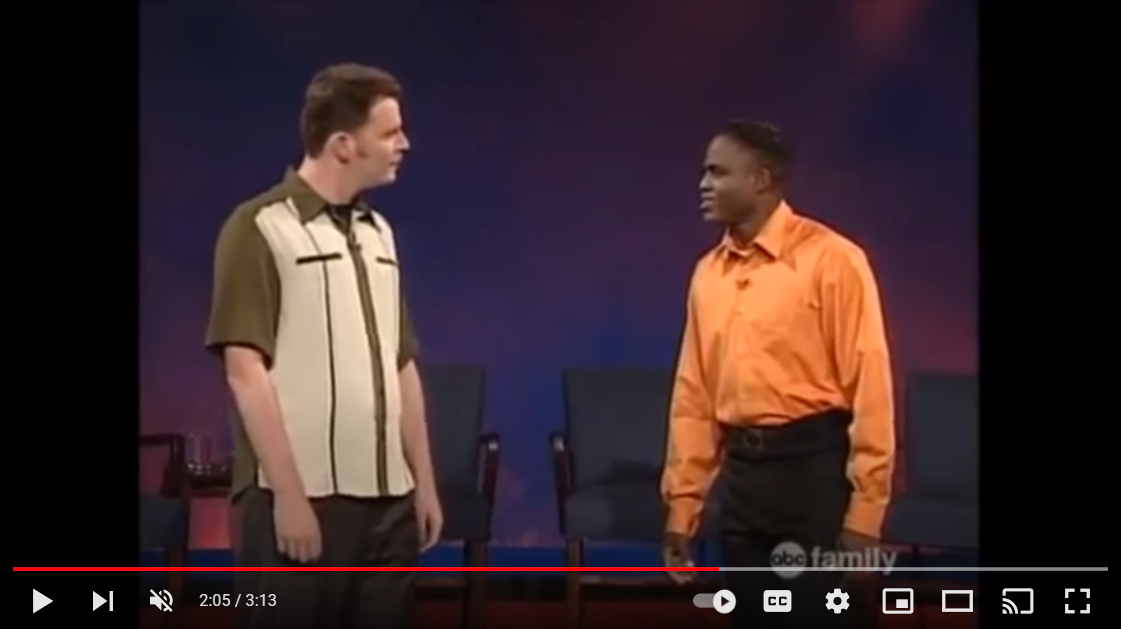












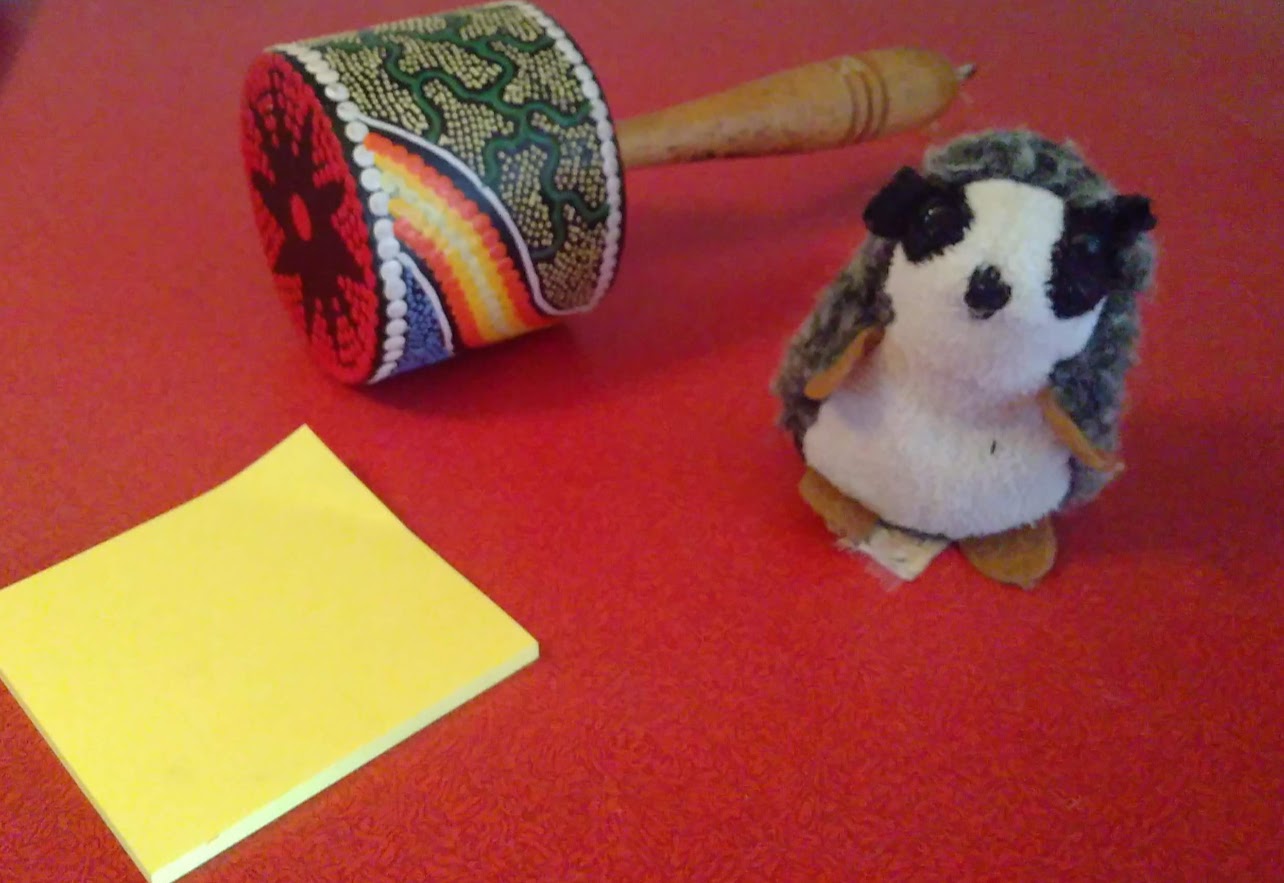

Can they remember what everyone else said?